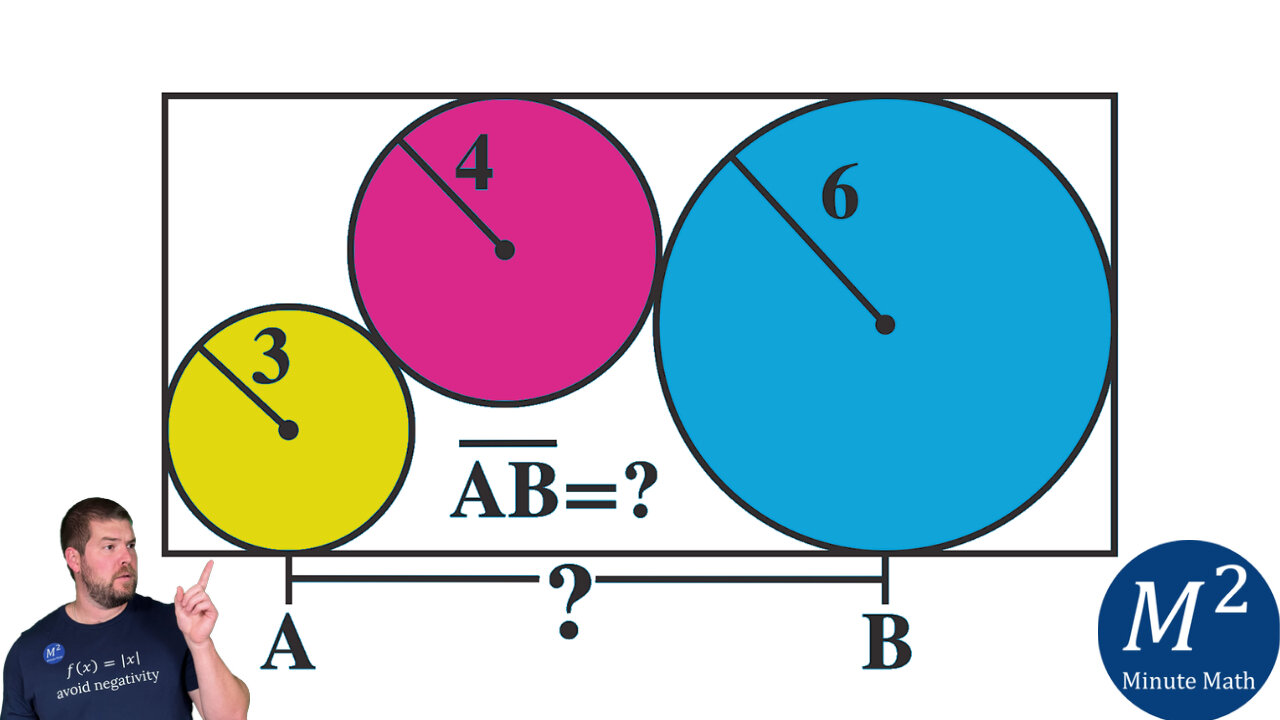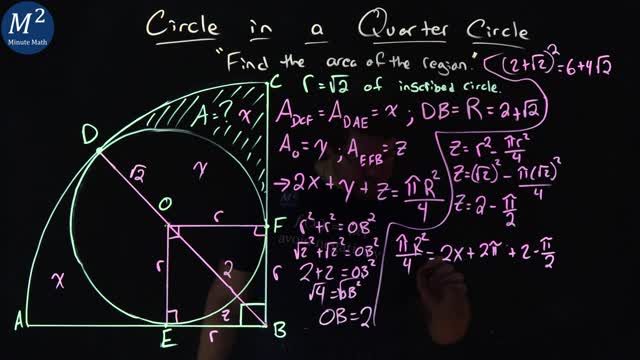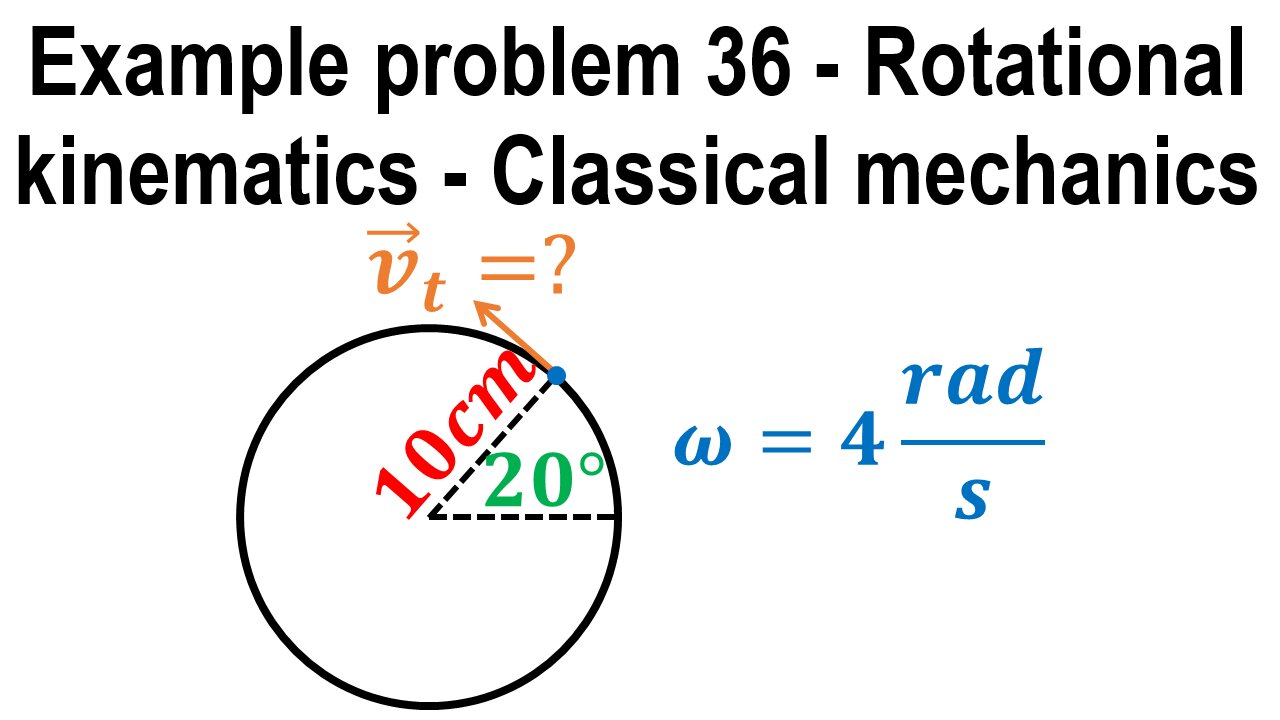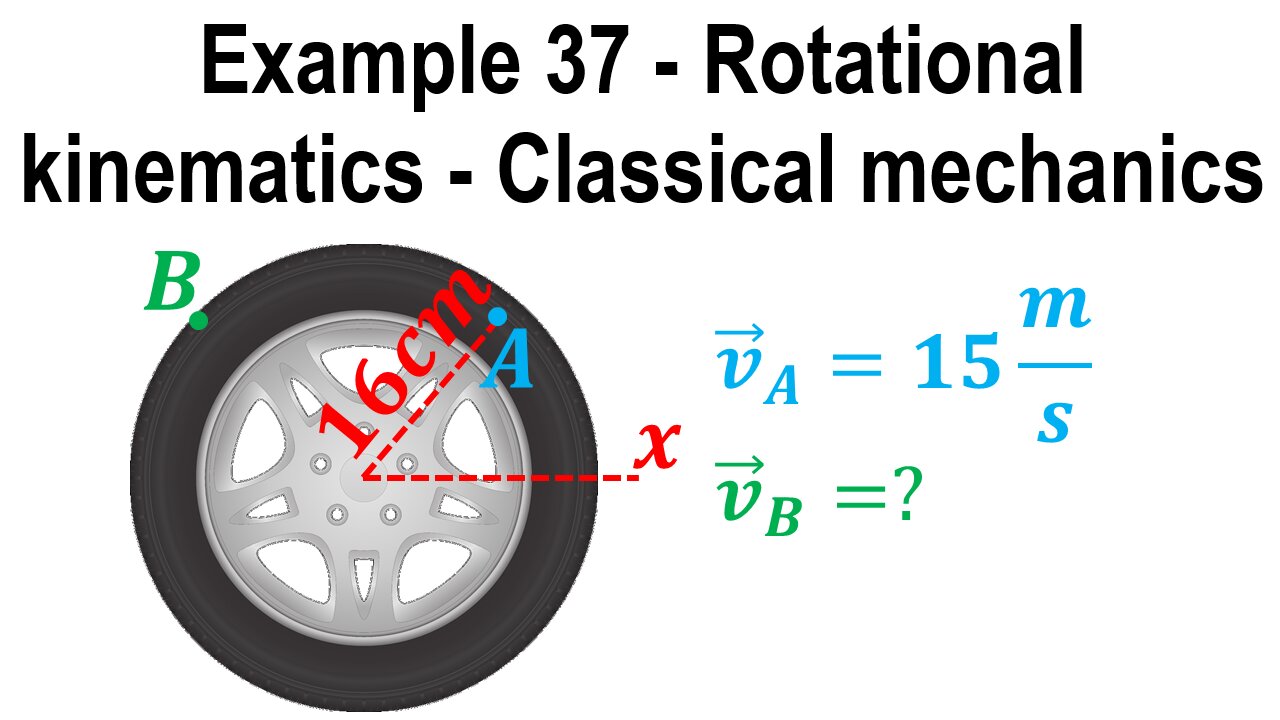Up next
Physics 101 - NASA Fantasy Math Scrutinized
Organized crime making $14M+ a day on human trafficking: Juan Mendoza on US border crisis
Cancel Culture in Math Class
Eric Weinstein on Terrence Howard's Joe Rogan Interview #chemistry #math #science
Math Class with Terrence Howard & Eric Weinstein
Two Car Physics Problem, When Do They Meet? [ASMR Math, Solving a Word Problem]
Here is my Problem with the Terrence Howard and Eric Weinstein Interview on Joe Rogan
Don't do math Terrence, it will ruin your life 😂😂ft Eric Weinstein & Joe Rogan
Terrence Howard's problem with 1x1 =1 ft Eric Weinstein & Joe Rogan #shorts
The Traveling Salesman Problem Explained in under 5 mins | Graph Theory Basics
Given the Diagram, What is the Distance Between A and B? | Minute Math
Circle in a Quarter Circle Find the area of the shaded region | minute Math #geometry
How to Convert Fractions and Decimals to Percent | Math Made Simple #percents #mathhelp
Eric Weinstein WARNS Terrence Howard: Math is a Dr undergraduate!
How to Domesticate a new AI Species - Solving Alignment with Structural Incentives
Floyd Mayweather show Devin Haney BEATING You Up in Sparring & Gervonta stop making EXCUSES — Bill
Kamala Harris is going to be a 'huge problem' if Biden is replaced: Brent Bozell
The PROBLEM With Technology Today
How AI Disrupted FIlm-Making FOREVER
I FINALLY solved a MAJOR personal problem
Does The Democratic Party Have A Trust Problem After Biden's Debate Performance?
IKEA Solves 'Unhappy Worker' Crisis by Making These Changes
MATH HOFFA TELLS HOW HE GOT SCARRED, 1ST PIECE OF A** AND WHY HE CAN GO WITH A SMILE ON HIS FACE…
Dr Disrespect UPDATE As Huge New Problem Revealed At Twitch!
RBTL: DRAKE PERFORMS "NOT LIKE US"??? IS MATH HOFFA TRASH IN GHOST OF TSUSHIMA???
‘Lucky dip’: Aboriginal councils making ‘thousands’ of land claims
The Problem With the Libertarian Right
The PROBLEM With Churches Today
Panel 2: Making Digital Mental Health Work for Marginalized Communities
Mia Mercy on Exposing Terrell Lewis, Making Him Run Through Hotel & More
Making the Grade: Solving the U.S. Math Problem
Many states have laws aimed at improving literacy, but few are putting the same weight behind targeting math instruction. A recent study by NWEA found that middle and elementary school students’ math progress stagnated last year. On average, students need the equivalent of an additional four and half months of instruction in math to level the playing field from before the pandemic. The downward trends began years before the health crisis, raising questions about a decade of disappointing results for math students and the economic and civic repercussions to come. Unfortunately, “I’m not good at math,” or, “I’m not a math person,” are common refrains that echo through generations of Americans who have traversed a public school system in the U.S. The downsides of not addressing the problem of math education in the U.S. are steep. Numerate people are needed for the military, for careers in science and medicine, for careers outside science, to close wage gaps among demographic groups and to ensure that the U.S. and all citizens can grow and succeed and stay competitive. Which states are leading the charge to solve the math crisis? How did the coronavirus wreak havoc on math? And how can the United States close the performance gaps between advantaged and disadvantaged student groups? Join The Hill as we convene lawmakers, math advocates, and educators to discuss U.S. math education and why it’s no longer acceptable to laugh off being “bad at math.”
- Top Comments
- Latest comments






![Two Car Physics Problem, When Do They Meet? [ASMR Math, Solving a Word Problem]](https://hugh.cdn.rumble.cloud/s/s8/1/m/S/S/J/mSSJc.qR4e-small-Two-Car-Physics-Problem-Whe.jpg)










































